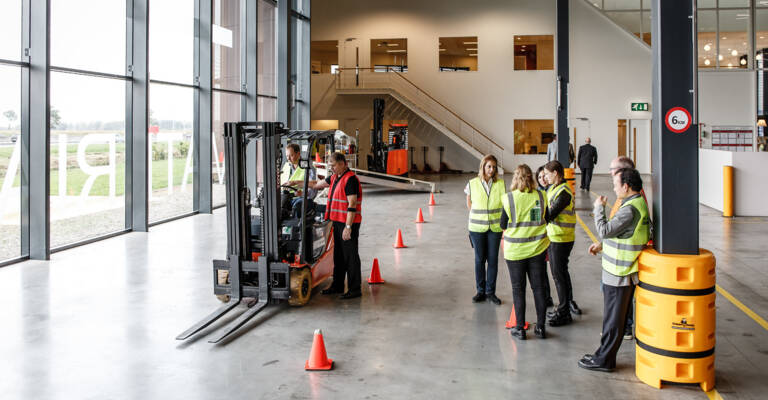Forklift damage - take the dent out of your trucks, walls and wallet - part two

To keep damage low in the long term you need everyone who works in the warehouse to get involved, it need to be a team project, so start by report Reporting problems reduces damage
1. Getting operator feedback
Tell them your findings and ask them about their problems – this will help you to get suggestions and help you develop and action plan – it means that any changes you make are more likely to work.
2. Awareness
Let your team know what their responsibilities are in maintaining and operating forklifts. Make sure processes are clear and visible– what do they do when there is an incident and how do they report it? It sounds simple but this is one of the main problems we see.
3. Daily checks
It is a legal responsibility to carry out pre-shift checks and keep records. You can do this manually or truck management system like Toyota I_Site which offers an automated electronic way to do it. These can help to identify problems with trucks at an early stage. 5s Good housekeeping can help to reduce damage.
4. Implement good housekeeping (also known as 5s)
We mentioned in the last blog article that a bit of shrink-wrap caught in wheels can cause thousands of pounds in damage. By keeping your warehouse clean and organised you can prevent damage, improve safety and make it a place where people want to work.
5. Operator training and best practice
Your operators legally have to be trained on the trucks that they operate, the training should include safe working and familiarisation within the environment they work, but on top of that you should monitor driver performance and identify if they need more regular or refresher training. Team meetings and safety notice boards can be great places to share best practice and remind operators of safe working practices.
For free safety resources, daily operator check sheets and information to help you set up your own damage reduction programme click on the link below.
